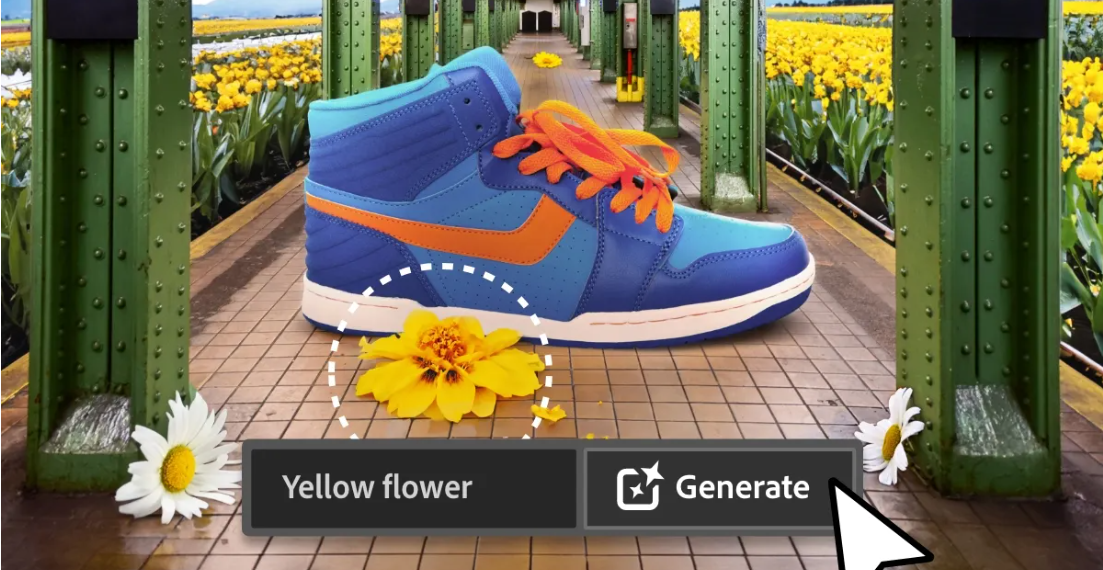Adobe Photoshop web-based version, which has been in beta for nearly two years, is now officially available to users.
This version of Adobe Photoshop offers a simplified yet powerful online platform for photo editing.
Key features of Photoshop on the web include the integration of Adobe’s Firefly generative AI model, which powers tools like Generative Fill and Generative Expand. These tools allow users to manipulate images using text-based descriptions in over 100 languages while maintaining the original image’s lighting and perspective, making image editing more accessible and efficient.
The user interface has been revamped to provide a more user-friendly experience. It introduces the Contextual Task Bar, a feature that suggests the most relevant steps to take in your editing workflow. This feature, previously available in the desktop version, helps streamline the editing process for both beginners and seasoned professionals.
In terms of tool organization, tools that share similar workflows, such as those used for object selection and image retouching, have been grouped together on the toolbar. This organization enhances the software’s usability. However, users who prefer the classic desktop interface can disable this feature.
Collaboration is a significant aspect of Photoshop on the web. Users can invite others to collaborate on projects, making it easier for teams to work on editing tasks together. Additionally, those without an active Photoshop subscription can view and comment on files shared through the platform.
It’s important to note that Photoshop on the web is not available for free, as Adobe had previously considered for a freemium version. Instead, it is included as part of paid Photoshop plans, which start at $9.99 per month. Adobe has stated that it does not have immediate plans for a freemium offering. New users can explore Photoshop on the web through free interactive demos and in-app tutorials on Adobe’s website before committing to a subscription.
Adobe also plans to continue enhancing the web version by adding more desktop features like the patch tool, pen tool, smart object support, polygonal lasso, and more in the near future. This move aims to make the web-based Photoshop experience more feature-rich and versatile.






